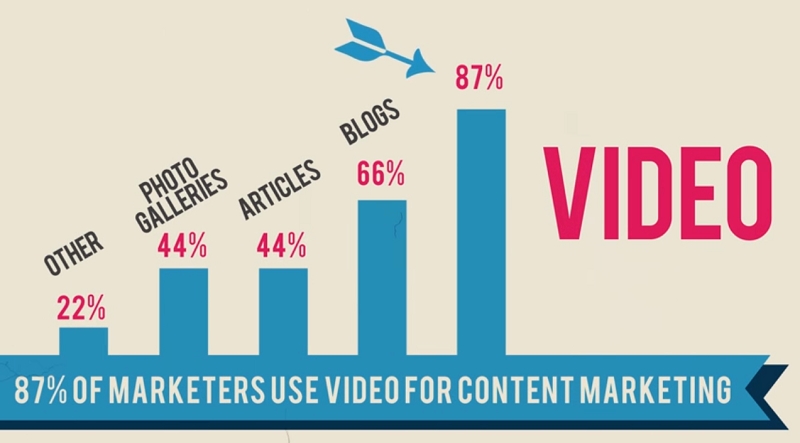
Hey there! Have you ever wondered about the power of video marketing? Well, in this article, we’re going to explore just that. You’ll be amazed by how videos can revolutionize the way you reach and engage with your audience.
In the second paragraph, I’ll give you a sneak peek at what you’ll discover in the article. We’ll delve into the various benefits of video marketing, such as increased brand awareness, improved customer engagement, and higher conversion rates. You’ll also learn some practical tips on how to create compelling videos that captivate your viewers and drive results. So if you’re ready to tap into the potential of video marketing, keep reading and get ready to take your business to the next level!
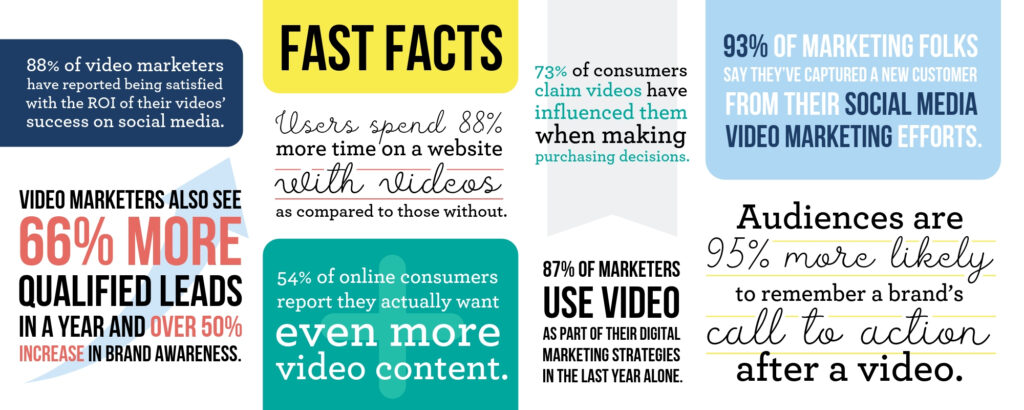
This image is property of www.yakketyyak.com.
What is Video Marketing?
The definition of video marketing
Video marketing refers to the strategic use of videos to promote and market products, services, or brands. It involves creating compelling videos and distributing them through various online channels to reach targeted audiences. With the increasing popularity of video content on social media and other digital platforms, video marketing has become an indispensable tool for businesses to engage and connect with their customers.
Why video marketing is important
Video marketing has gained immense popularity in recent years due to its effectiveness in capturing the attention of online audiences. Here are some reasons why video marketing is important:
Higher engagement: Videos have the ability to convey emotions, tell stories, and entertain viewers in a way that other forms of content cannot. As a result, videos tend to generate higher engagement rates, such as likes, comments, and shares, compared to other types of content.
Improved brand recall: Studies have shown that people have better memory retention when information is presented in video format. By incorporating visual and auditory elements, video marketing increases the chances of your message being remembered by your target audience.
Increased reach: With the widespread use of social media platforms like Facebook, Instagram, and YouTube, videos have the potential to reach a vast audience. By utilizing targeted advertising and organic sharing, video marketing can help businesses expand their reach and connect with potential customers.
Enhanced storytelling: Videos have the power to evoke emotions and tell compelling stories that can resonate with the audience. By leveraging the visual and auditory elements of videos, businesses can create memorable experiences and establish an emotional connection with their customers.
Higher conversion rates: Videos have been shown to have a significant impact on conversion rates. When used strategically in the buyer’s journey, videos can educate, persuade, and guide potential customers towards making a purchase. This makes video marketing an effective tool for driving conversions and increasing sales.
Benefits of Video Marketing
Increased brand awareness
Video marketing can significantly increase brand awareness and visibility. By creating compelling videos that showcase your products, services, or brand values, you can capture the attention of potential customers and leave a lasting impression. When people watch and share your videos, your brand’s reach expands, leading to increased awareness and recognition.
Improved customer engagement
Videos have the ability to captivate and engage viewers more effectively than other types of content. By using creative and entertaining videos, businesses can foster deeper connections with their audience. Engaged viewers are more likely to interact with your brand, leave comments, and share your videos on social media, resulting in increased brand engagement and loyalty.
Higher website traffic
Video content can drive more traffic to your website. By embedding videos on your website and optimizing them for search engines, you can increase your website’s visibility and attract more visitors. Engaging videos can also encourage viewers to stay longer on your website, reducing bounce rates and increasing the chance of conversions.
Boosted conversion rates
Videos have the power to influence purchasing decisions. By creating product videos, testimonials, or explainer videos, businesses can effectively communicate their value proposition and address potential customers’ concerns. When viewers understand the benefits and features of a product or service through video content, they are more likely to convert into paying customers.
Types of Video Content
Explainer videos
Explainer videos are short, engaging videos that aim to explain a product, service, or concept in a concise and visually appealing way. These videos often use animations, motion graphics, and narration to simplify complex ideas and make them easier to understand. Explainer videos are commonly used by businesses to introduce themselves, their products, or their services to potential customers.
Product demonstrations
Product demonstration videos showcase the features, benefits, and uses of a product. These videos allow potential customers to see the product in action and understand how it can solve their problems or meet their needs. Product demonstration videos are particularly effective for physical products or software applications that may require visual explanation.
Testimonials
Testimonial videos feature customers sharing their positive experiences with a product, service, or brand. These videos can help build trust and credibility, as potential customers see real people expressing their satisfaction and recommending the product. Testimonial videos are powerful tools in influencing the purchasing decisions of potential customers.
Video ads
Video ads are short promotional videos that aim to grab viewers’ attention and convey a specific message. These videos are commonly used in online advertising campaigns across various platforms, including social media, video hosting platforms, and websites. Video ads can generate awareness, promote a sale or offer, or simply engage viewers with compelling storytelling.
Creating an Effective Video Marketing Strategy
To leverage the benefits of video marketing, businesses need to develop a strategic and well-planned video marketing strategy. Here are some key steps to creating an effective video marketing strategy:
Defining target audience
Before creating videos, it is crucial to understand your target audience. Identify their demographics, interests, pain points, and preferences. This information will help you craft videos that resonate with your target audience and deliver the right message and value.
Setting clear objectives
Determine the specific goals and objectives of your video marketing campaign. Are you aiming to increase brand awareness, drive website traffic, generate leads, or boost sales? Setting clear goals will guide your video production and distribution efforts.
Developing compelling content
Create high-quality videos that capture the attention of your audience and deliver value. Craft compelling stories, provide useful information, and incorporate a call-to-action to prompt viewers to take the desired action. Remember to keep your videos focused, concise, and engaging.
Optimizing videos for different platforms
Different platforms have varying video requirements and best practices. Optimize your videos for each platform you plan to distribute them on. This includes considering aspect ratios, video lengths, captions or subtitles, and platform-specific features. By tailoring your videos to each platform, you maximize their impact and reach.
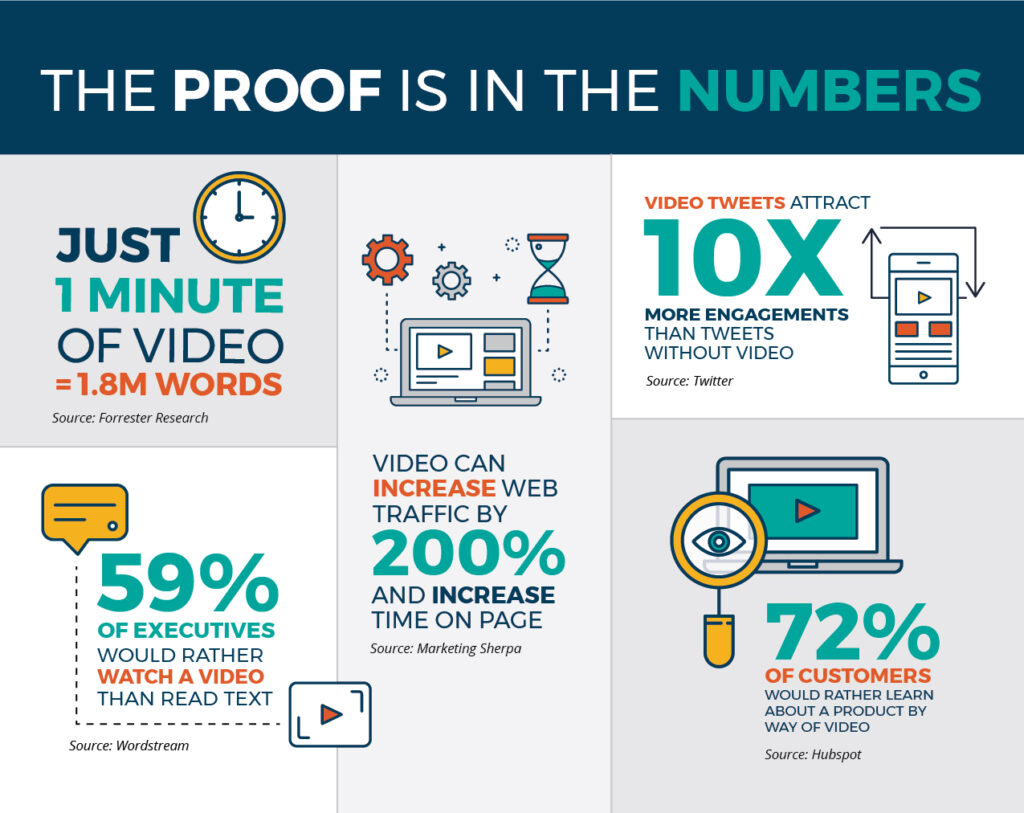
This image is property of www.sikich.com.
Video Production Tips
Creating professional and engaging videos requires careful planning and execution. Here are some video production tips to help you achieve the desired results:
Storyboarding and scripting
Before filming, create a storyboard to outline the visual elements and sequence of your video. This will help ensure a coherent and well-structured narrative. Develop a script that brings your story to life and guides the filming and editing process.
Choosing the right equipment
Invest in quality video equipment that suits your production needs and budget. This includes cameras, microphones, lighting equipment, and editing software. While high-end equipment can enhance the production value of your videos, it is also possible to create effective videos with affordable and accessible equipment.
Utilizing proper lighting and sound
Pay attention to lighting and sound quality in your videos. Use natural or artificial lighting to create a visually appealing scene, and consider using external microphones to capture clear and crisp audio. Good lighting and sound contribute to the overall professionalism and impact of your videos.
Editing and post-production techniques
Editing is a critical step in the video production process. Use a video editing software to trim footage, add transitions, incorporate graphics or animations, and enhance the overall flow and visual appeal of your videos. Take the time to refine your videos and ensure they meet your desired standards.
Promoting Videos
Creating great videos is only the first step. To maximize the reach and impact of your video marketing efforts, promote your videos through various channels. Here are some effective ways to promote your videos:
Leverage the power of social media platforms to share your videos with your followers. Craft compelling captions, use relevant hashtags, and consider boosting your posts to reach a wider audience. Engage with your audience by responding to comments, shares, and likes.
Using video hosting platforms
Upload your videos to popular video hosting platforms like YouTube, Vimeo, or Wistia. These platforms have massive user bases and offer advanced video analytics. Optimize your video titles, descriptions, and tags to improve discoverability and increase the chances of your videos appearing in search results.
Collaborating with influencers
Partner with influencers or industry experts who have a significant following on social media or other platforms. Collaborate with them to create videos featuring your products or services. This can help you tap into their audience and benefit from their credibility and influence.
Implementing SEO strategies
Optimize your videos for search engines by using relevant keywords in your titles, descriptions, and tags. This can improve your video’s visibility in search engine results, driving organic traffic to your videos and website. Consider embedding videos on relevant web pages to enhance their search engine optimization.
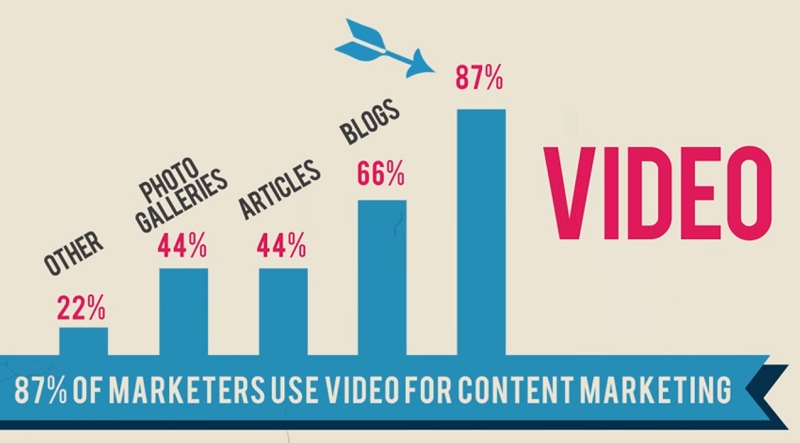
This image is property of www.dockmaster.com.
Measuring Video Marketing Success
To evaluate the effectiveness of your video marketing campaigns, measure key performance indicators (KPIs) and analyze relevant data. Here are some metrics to track:
Tracking views and engagement
Monitor the number of views, likes, comments, and shares your videos receive. This can provide insights into the popularity and performance of your videos. Additionally, track the watch time and drop-off rates to identify areas for improvement and optimize viewer retention.
Monitoring conversion rates
Determine how many viewers take the desired action after watching your videos. Track conversion rates, such as sign-ups, purchases, or downloads, to measure the impact of your videos on your business goals.
Analyzing audience demographics
Understand your video viewers by analyzing their demographics, location, interests, and behaviors. This information can help you tailor future videos to better suit your target audience and maximize engagement.
Testing and iterating
Continuously test different video formats, content, and distribution strategies to identify what resonates best with your target audience. Make data-driven decisions and iterate on your video marketing efforts to continuously improve performance.
Overcoming Challenges in Video Marketing
While video marketing offers numerous benefits, it can also present challenges. Here are some common challenges businesses face in video marketing and how to overcome them:
Budget constraints
Video production can be costly, especially for businesses with limited budgets. To overcome this challenge, prioritize your video marketing efforts and focus on creating high-quality videos for key campaigns or initiatives. Consider utilizing affordable video production tools and leveraging user-generated content to supplement your video content.
Ensuring brand consistency
Maintaining brand consistency across different videos can be challenging, especially if multiple teams or individuals are involved in video production. Develop brand guidelines and templates to ensure a consistent look and feel. Communicate your brand’s values and messaging to all stakeholders involved in video creation to maintain consistency.
Adapting to changing trends
Video marketing trends and best practices evolve rapidly. To stay relevant, keep an eye on industry trends, successful video campaigns, and emerging technologies. Continuously learn and experiment with new video formats, platforms, and storytelling techniques to keep your video marketing strategy fresh and engaging.
Addressing audience preferences
Understanding and catering to your audience’s preferences can be challenging, as different demographics have varied preferences for video content. Conduct audience research, solicit feedback, and analyze video engagement metrics to tailor your videos to your target audience’s preferences. Strive to create videos that resonate with their needs, desires, and expectations.

This image is property of www.blacktiedigital.com.
Case Studies on Successful Video Marketing Campaigns
To illustrate the power of video marketing, let’s examine three successful video marketing campaigns:
Nike’s ‘Dream Crazy’ campaign
Nike’s ‘Dream Crazy’ campaign, featuring former NFL quarterback Colin Kaepernick, aimed to inspire and empower athletes to dream big and believe in themselves. The campaign incorporated a powerful video advertisement that sparked conversations and generated significant social media buzz. By aligning their brand with social and cultural issues, Nike successfully engaged their target audience and increased brand visibility.
Dollar Shave Club’s viral video, titled “Our Blades Are F***ing Great,” captivated audiences with its witty script, humorous delivery, and unconventional approach. The video successfully communicated the value proposition of the subscription-based razor company while entertaining viewers. Through the power of storytelling and shareable content, Dollar Shave Club quickly gained brand recognition and a loyal customer base.
Blendtec’s ‘Will It Blend?’ series
Blendtec’s ‘Will It Blend?’ video series showcased the power and durability of their blenders by blending unconventional items such as smartphones, golf balls, and even an iPad. By creating engaging and entertaining content that demonstrated their product’s capabilities in an unconventional way, Blendtec effectively engaged their audience and built brand awareness. The series became viral, resulting in increased sales and visibility for Blendtec.
Conclusion
Video marketing has become an essential tool for businesses to connect with their audience, increase brand awareness, and drive business results. With the power of video storytelling, brands can capture the attention and engage viewers in a way that other forms of content cannot. By creating compelling videos, targeting the right audience, and leveraging various distribution channels, businesses can harness the power of video marketing and achieve their marketing objectives. Start incorporating video marketing into your strategy today and experience the impact it can have on your business.
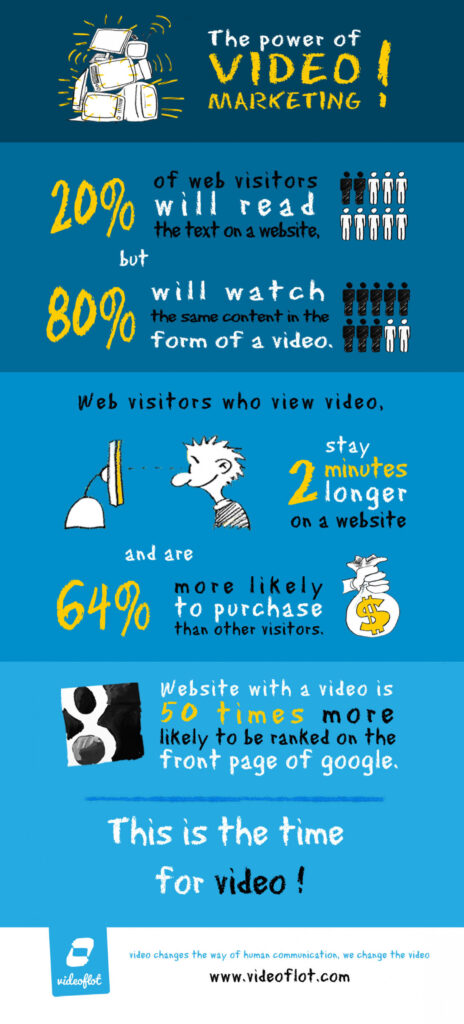
This image is property of i.visual.ly.

